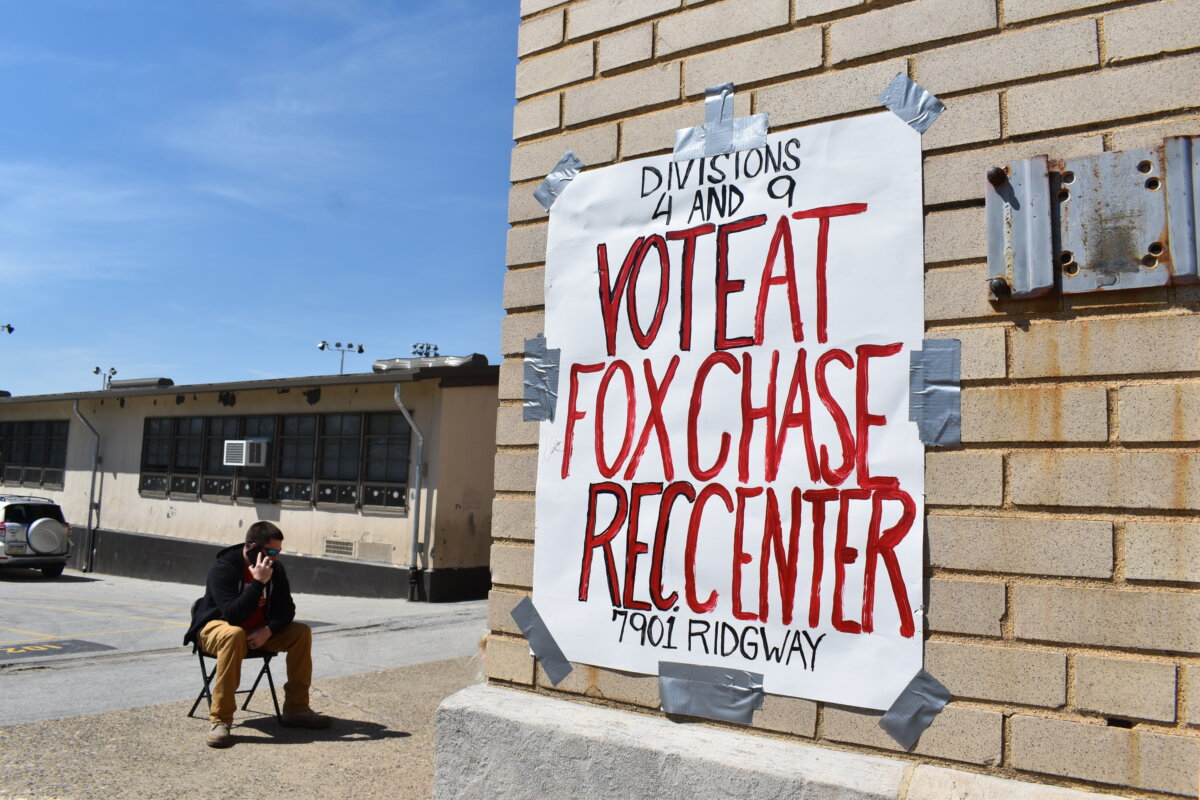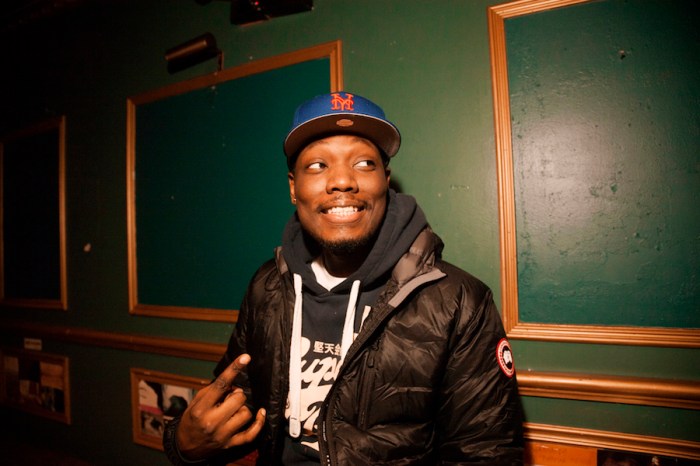Days after a grand jury declined to indict an NYPD officer for the death of Eric Garner in July, residents in Staten Island are still processing the decision and what it means for residents on the island. Protests in memory of the 43-year-old father of six — killed by what supports argue was banned police chokehold — continue around the city and country.
For many in Staten Island, Sunday morning was a time of reflection about their own lives in a borough that some residents feel is more divided along racial lines.
Staten Island Borough President Jimmy Oddo joined Garner’s family at Mount Sinai United Christian Church, along with Deputy Mayor Richard Buery, who repeated mayor’s refrain of a need to improve how police relate to communities of color. That same message was in the air at First Central Baptist Church, where congregants clasped hands in prayer for justice both for Garner and the borough at large.
Adisa Mangin, 57, kept an eye on his 7-year-old son Miles as he said that despite the shifts in population, the borough that he was born and raised in remains extremely segregated between communities. “It’s gotten better since a lot since back in the day,” he explained, “but it’s still a big problem.”
Fellow attendee Sherry Powell, 64, said she spent about half of her life on the island, raising her children and working in education. She too said she feels division between communities.
“I don’t think white people are as friendly in Staten Island,” Powell said, “It just seems there’s a distance.”
The city’s least populous borough, Staten Island boasts about 470,000 residents, according to recent Census figures. The island has long had both and enjoyed and suffered the reputation as a traditional, suburban-like option for New Yorkers who can afford limited public transportation and larger properties. Currently, about three out of every four residents identify as white in Staten Island while about 10 percent of residents identify as black. Around 17 percent of islanders identify as Hispanic, and just under 8 percent as Asian. As recent as 1980, non-Hispanic white Staten Islanders made up 85 percent of the population, with the largest minority population being blacks at about 7 percent.
Only a few blocks away from First Central, more than 100 Catholic parishioners at the Church of Our Lady of Good Counsel met for late morning Mass.
The church has been around as long as Staten Island has been a borough of the city, and is a place of worship for many of predominately white blue collar workers, police officers and firefighters.
No words about Eric Garner were spoken openly at the church, but the Rev. Liam O’Doherty said he had been approached by members and neighbors alike for help processing and better understanding Garner’s death. “It’s very delicate,” O’Doherty said. “But people are thinking about it.”
One parishioner and community member of more than forty years, who declined to be named, said she thought the island suffers from many of the same problems that the other boroughs suffer from. At the same time, she explained, the way it is laid out across hills and with so many single-family homes makes the problems harder to track. “It happened on Staten Island,” she said, “But it could have happened anywhere else.”
From in front of First Central Baptist, Adisa Mangin said he wasn’t so sure.
Tensions between residents and police in the borough have been slowly escalating, he said while noting that regardless of the past, all eyes are on him and his neighbors now.
“This is bigger than Eric now,” he said. “It’s bigger than Staten Island.”


















